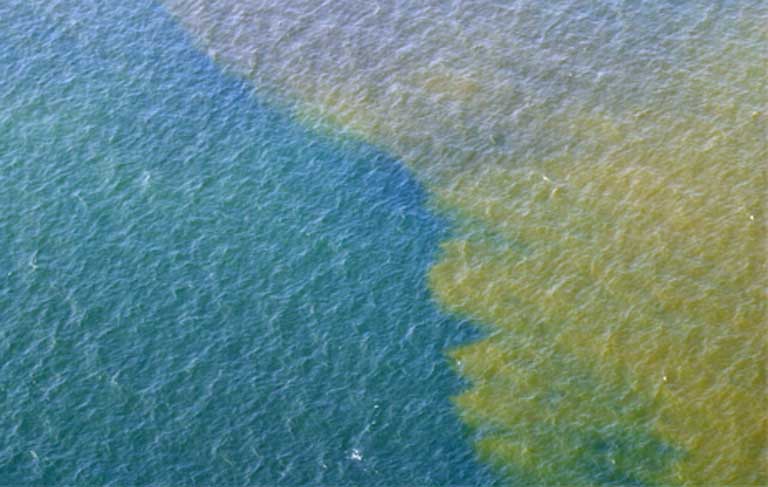Beneath their prehistoric-looking shells, turtles conceal an extraordinary ability to hold their breath underwater, going without oxygen for hours, even months, at a time. This cellular-level capacity to survive underwater also helps turtles resist the effects of environmental pollution from harmful algal blooms (HABs), toxic events also commonly dubbed “red tides,” according to studies by physiologist Sarah Milton and her colleagues at Florida Atlantic University.
A better understanding of how these red tide toxins affect freshwater turtles could help researchers develop better treatment protocols for sickened sea turtles that are rescued during harmful algal outbreaks.
Harmful algal blooms — appearing as red tides or in other colors — occur with the rapid uncontrolled growth of algae in freshwater or marine environments. The alga uses up the water’s oxygen, making it anoxic, while also producing toxins. These events — sometimes naturally caused, but also brought on by increased nutrient loading due to chemical fertilizers and other human activities — have become an annual event on the U.S. Gulf Coast, killing endangered sea turtles, manatees, dolphins, fish and countless other marine life.
As the world’s waters become warmer due to climate change, and as human activities add more pollutants, especially nitrates and phosphorus from agricultural runoff, harmful algal blooms are going global, with frequently lethal effects on sea creatures.

Milton’s red tide research focuses on brevetoxin, one group of neurotoxins made by a single-celled dinoflagellate called Karenia brevis. In people, these toxins are known for causing shellfish poisoning or severe asthma attacks. Although studies in mammals have shown that brevetoxins disrupt nerve function, causing muscle and brain damage, no baseline information existed for turtles. “We didn’t know if the toxin worked the same way in turtles, what amounts caused damage, or how turtles cleared it from their system,” said Milton.
Compared with similarly sized mammals, turtles have a slow metabolism, which makes them susceptible to drug effects at smaller amounts. So Milton expected that it wouldn’t take very much toxin to sicken freshwater turtles if exposed to a simulated red tide. Surprisingly, these turtles turned out to be more resistant than expected to high toxin levels.
Milton suspects that the turtles’ resistance to red tide toxins is related to their ability to make long dives that deprive their brains of oxygen for up to weeks at a time;as in mammals both the toxin and oxygen deprivation kill cells by a common pathway. Several investigators are studying what enables turtle cells to operate without oxygen, and then return to normal function.
Understanding how the toxin affects freshwater turtles could improve treatment strategies for HAB-exposed sea turtles, and possibly for people suffering from anoxic and/or toxic conditions. Additional studies may reveal what tips the turtles’ cell toward survival, knowledge that could offer insight into the brain cell death that occurs when humans suffer strokes.
— source https://news.mongabay.com/2017/06/field-notes-pond-turtle-studies-could-help-sea-turtles-survive-toxic-algal-blooms/